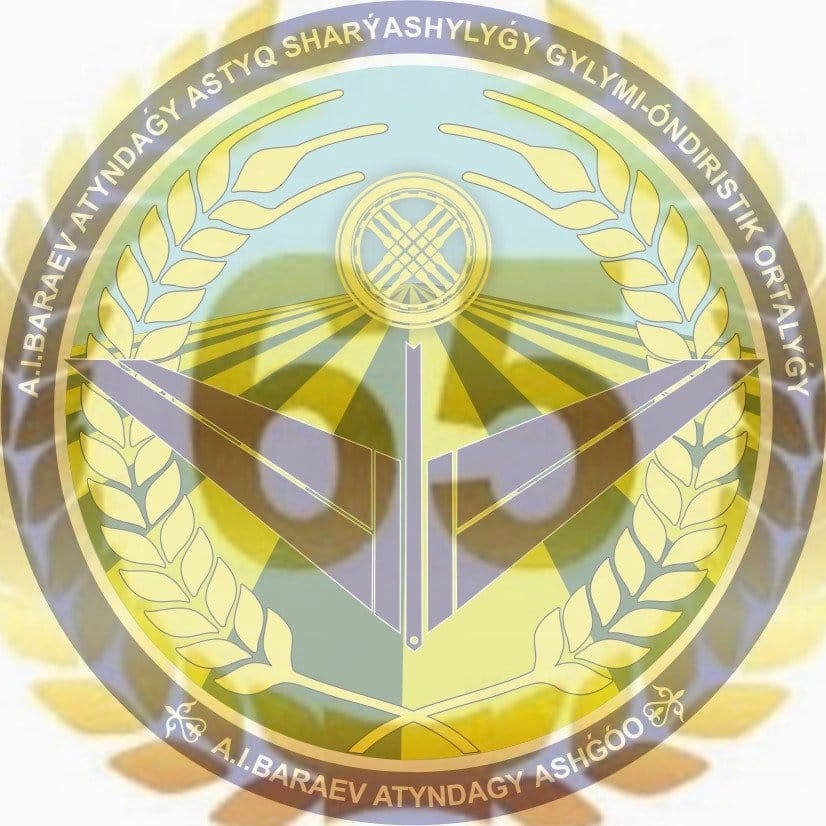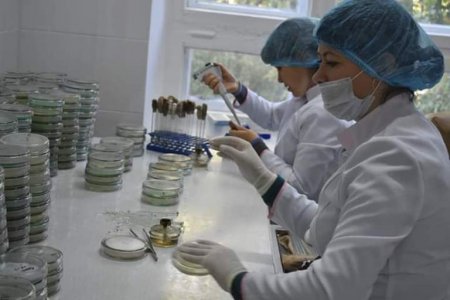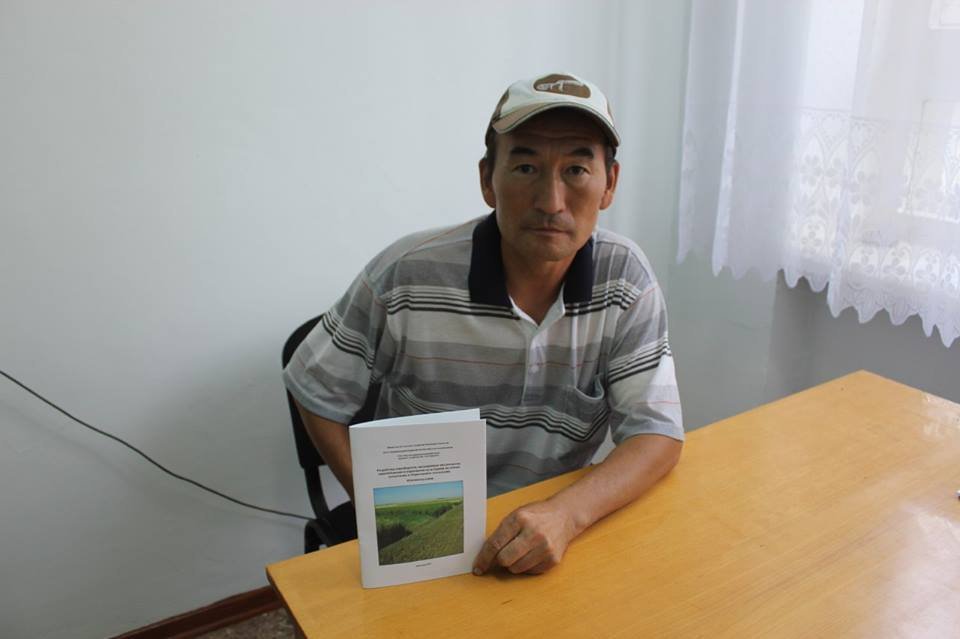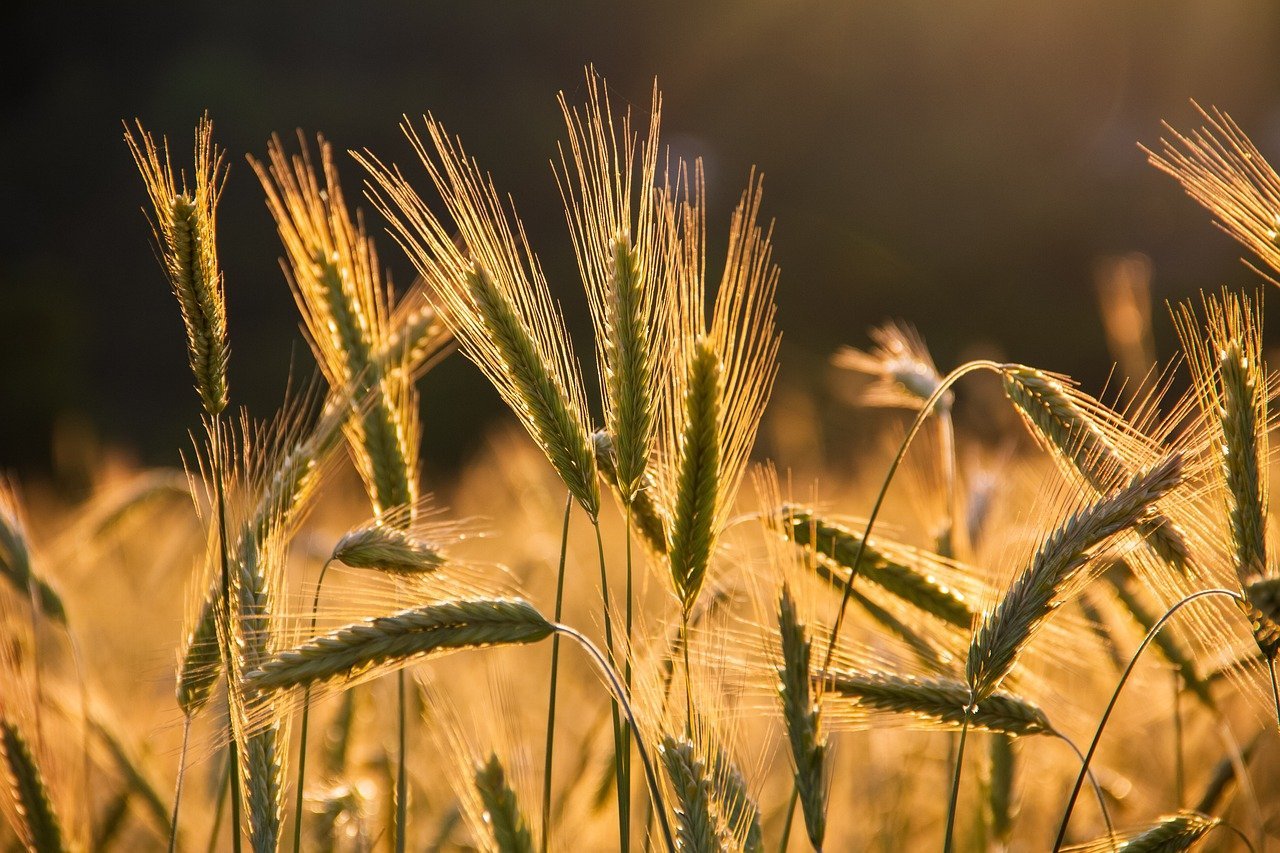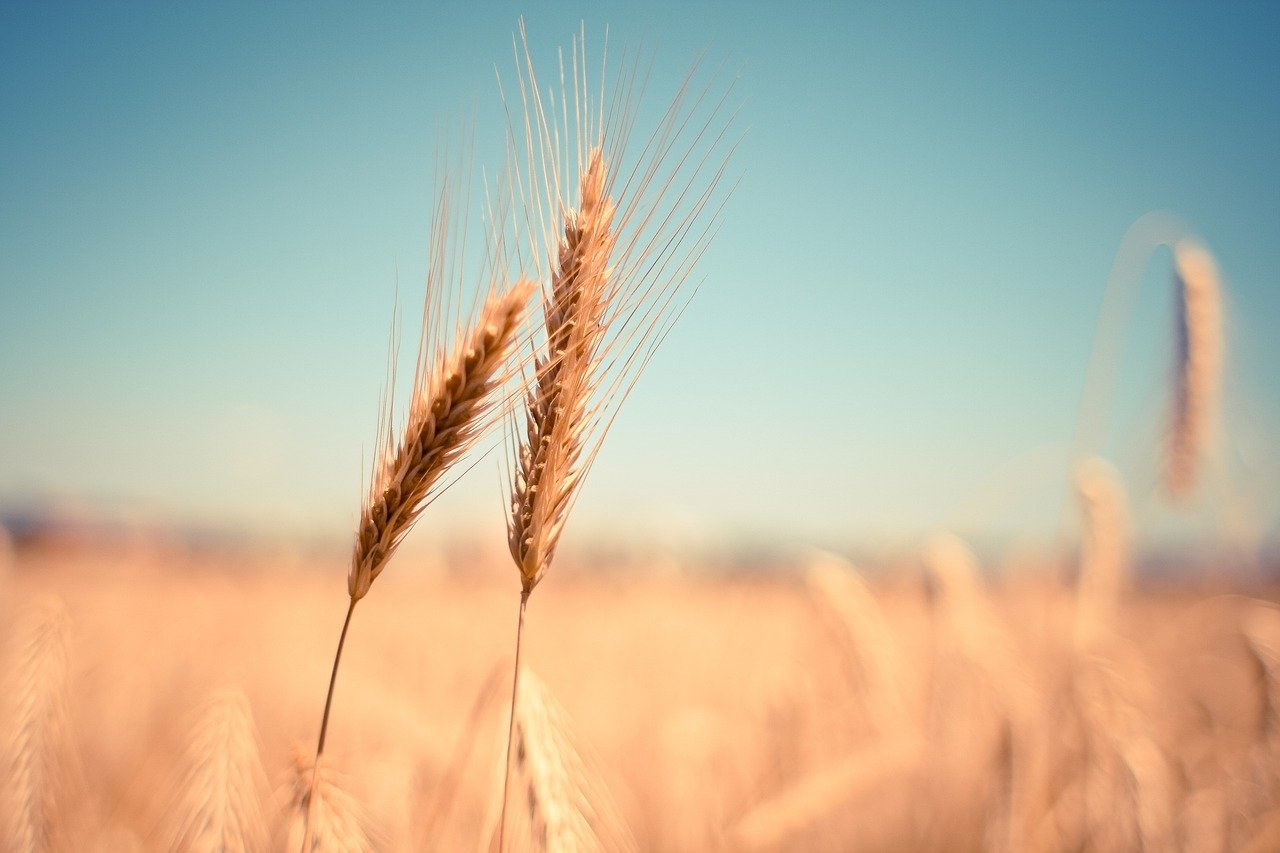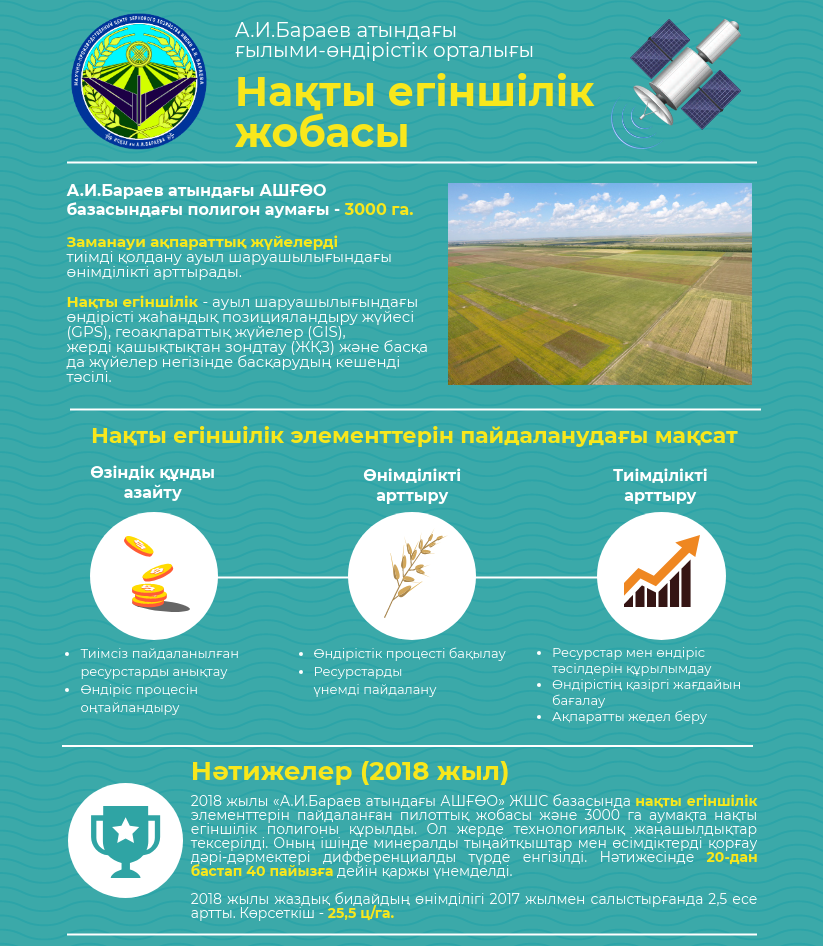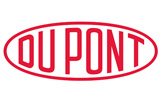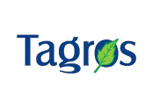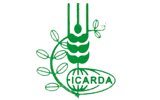Spring Care for the Future Harvest
Scientific articles
 The agro-industrial complex of Kazakhstan is a priority in the development of the economy and food security of the country. Sown areas in the Republic in 2018 will amount to over 21.8 million hectares, which approximately corresponds to the level of the previous year.
The agro-industrial complex of Kazakhstan is a priority in the development of the economy and food security of the country. Sown areas in the Republic in 2018 will amount to over 21.8 million hectares, which approximately corresponds to the level of the previous year. Cereals will be planted on an area of 14.7 million hectares, including 11.4 million hectares of wheat. Compared to last year, the area under wheat is planned to be reduced by 544 thousand ha. Grain-fodder crops will occupy more than 2.5 million ha, and oilseeds - about 2.6 million ha. The main producers of marketable grain of spring wheat, legumes and oilseeds are Akmola, North Kazakhstan and Kustanai regions. It is here that the foundation for the future crop and the economic viability of farms is laid. The right sowing strategy and the quality of technological operations are largely determining the fate of the crop. According to the SPCGF named after A.I. Barayev at the beginning of the sowing campaign, the average reserves of productive moisture in a meter layer of soil are projected. Steam precursors of -90-120 mm have the best moisture supply, moisture reserves are 70-90 mm on stubble and chaffinch backgrounds. In the system of pre-sowing treatments, the first operation to preserve moisture after snow melts is the surface treatment of the soil (moisture closure) of steam and autumn sections. In practice, this type of field work on farms has already been fully completed. Now the main attention should be directed to the pre-sowing destruction of sprouted and germinating weeds.
With early regrowth of weeds and scavengers, as well as on clumpy backgrounds SPCGF named after A.I. Barayev recommends intermediate processing. This year, weed infestation with perennial root weeds and seed stocks of annual weed plants in the soil are still high. Their species composition and germination rate is determined by the prevailing weather conditions in a particular region and the biological characteristics of the weeds themselves. Nevertheless, after a period of cool weather, you should now be ready for mass seedlings of such weeds as wild oats, shepherd’s bag, field yarut, white gauze, wormwood. Of course, intermediate mechanical processing to destroy weeds can slightly reduce the moisture reserves in the upper soil layer, but a reasonable compromise must be found. If there is still a lot of time before sowing, and the weed is actively developing, then naturally, the moisture supply will decrease without treatment. The main rule here is not to carry out intermediate processing deeper than the future sowing of seeds.
To control the weediness of fields and crops this year, both mechanical intermediate tillage and the use of chemicals will be effective. The choice of a technological solution will depend on the number of weeds appearing in a particular field. With incomplete germination of weeds, mechanical tillage is more effective. With a gradual increase in heat and the absence of mass regrowth of weeds, pre-sowing treatment as close as possible to sowing will have an advantage. The choice of methods and timing of pre-sowing treatment depends on the technical security of farms and the technology used. Pre-sowing tillage can also be both mechanical and chemical and should be as close as possible to sowing. The use of chemical treatment with systemic herbicides is effective in the mass regrowth of weeds. When using soil preparations, treatment is possible before their emergence.
In addition to weed control and moisture preservation, intermediate and pre-sowing mechanical treatments will allow to close up spring wheat stubble affected by septoria and stem rust and thereby reduce the infectious background, especially for unpaired predecessors.
Mechanical tillage also enhances the current nitrification and decomposition of straw by increasing the activity of soil microflora. It should be borne in mind that sometimes the processes of nitrogen immobilization to decomposition of straw require additional application of mineral nitrogen fertilizers.
In order to reliably preserve moisture, intermediate and pre-sowing treatment can be carried out both with sowing complexes (Flexi-Coil-5000, John Deere, Concord, Horsch, Morris) and seeders-cultivators to a depth of 4-6 cm. In this case, the possibility of advance application Mineral, primarily nitrogen, fertilizers. Specific doses of fertilizers are determined by the results of agrochemical examination of the fields. But in the pre-sowing season, it is recommended to use nitrogen fertilizers, or scatter for machining or simultaneously in rows during the intermediate or pre-sowing treatment of PPK and seeders-cultivators. Phosphate fertilizers in the spring should be applied only when sowing in rows.
With a good supply of nitrogen in crops of grain crops, it is necessary to control the phosphorus content in the soil. On backgrounds with a low content (according to the cartogram <15 mg / kg of soil), it is necessary to add 30-50 kg simultaneously with sowing, and with an average (15-30 mg / kg) - 20-40 kg / ha of double superphosphate or ammophos. If the content of mobile phosphorus> 30 mg / kg, it is not recommended to use phosphorus fertilizers or, in order to maintain the phosphate level, apply them according to the yield of the previous culture per 1 kg of grain 1.4 - 1.8 kg of double superphosphate or ammophos. It is always necessary to remember that a good supply of phosphorus in soils is a reduction in water consumption for the formation of a crop unit, a reduction in the ripening period of a crop, an increase in plant resistance to disease, and an increase in yield. Therefore, neither in Canada, nor in America and European countries, as well as in advanced farms of Kazakhstan, there are no soils with a low phosphorus content. In turn, different nitrogen supply is required for different levels of phosphorus nutrition of cereals. So, if the content of mobile phosphorus in the layer of 0–20 cm is less than 15 mg / kg of soil, the sufficient level of nitrogen nutrition of the grain in the horizon of 0–40 cm is 8–10 mg / kg before sowing, with 15–30 mg / kg of P2O5 - 12– 14 mg, with a phosphorus level of more than 30 mg - 14 - 16 mg / kg.
Pre-sowing machining, in addition to weed control, is also a preventive measure against Hessian and Swedish flies, locust egg capsules, gray grain scoop caterpillars. In recent years, new tools with disk working bodies have appeared - discs that do not clog when working on soils with high humidity (up to 40%) and with a large number of plant residues on the field. Soil cultivation using implements with disc working bodies leads to the mixing of all crop residues with the topsoil. In this case, a mulching layer is formed from a mixture of plant residues and soil, which retains moisture well for 1-2 weeks after treatment. Such treatment is carried out to a depth of not more than 4 cm and helps to level the field microrelief, destroy weed seedlings and protects the soil from erosion.
It is necessary to pay attention to the energy of seed germination, which affects field germination, their preparation and dressing. Based on the actual state, when preparing seeds for sowing, the following measures can be recommended: conduct air-thermal heating; regardless of the degree of damage to the seeds by diseases, it is necessary to etch with system dressers; in order to increase the germination energy, treat the seeds with stimulants, extrasol, biosil, agrostimulin, raikat start, etc.
Modern systemic and combined preparations with a wide spectrum of action can completely destroy pathogenic microorganisms on seeds and protect seedlings from soil infection in the early stages of plant development within 30-35 days after sowing. Due to the relatively low level of spring moisture supply, the disappointing forecast of the climatic conditions of the summer period, in order to obtain maximum spring wheat yield with good quality, we recommend the following sowing periods: in the ordinary chernozem zone - from May 15 to May 25, in the southern chernozem zone - from May 17 to May 27, in zone of dark chestnut soils - from May 18 to May 28. When choosing the timing of sowing, it is necessary to take into account soil moisture, weediness, the duration of the frost-free period, varietal characteristics of the crop, technical capabilities of the economy for timely sowing and harvesting. Sowing should begin with later ripe varieties, the second half of the optimal period in the zone of southern chernozems and dark chestnut soils should be used for sowing medium-ripe and medium early varieties, in the zone of ordinary chernozems - medium early, and in the zone of leached chernozems - early ripe. In the mountain-feeding zone on ordinary chernozems and in the moderately arid steppe, sowing of middle-ripening soft and durum wheat varieties should be completed by May 27, in the arid steppe by May 29, in the dry steppe by May 31.
In recent years, we recommend annually starting sowing 3-5 days earlier than the optimal sowing dates. There are several reasons for this. Firstly, recent years have been characterized by fairly good soil moisture after snow has melted. Secondly, the summer period is quite cool, which leads to a delay in ripening and a decrease in grain quality. Thirdly, the proportion of medium-late varieties is high, and new varieties, regardless of the ripeness group, ripen 2-3 days later than the standard varieties. Fourth, due to the zero and minimal technologies of cultivating and abandoning autumn tillage during planar tillage in the spring, soil moisture is better preserved. It is also necessary to take into account the inability of many farms to sow at the optimum time for technical reasons.
It should be borne in mind that harvesting wheat later than September 20 usually causes more significant damage to the crop and grain quality than sowing made before May 15. Regardless of soil and climatic zones, weed-seed fields and seed plots are sown first. At the end of the optimal time, it is necessary to sow strongly clogged fields after thorough pre-sowing machining or after applying a few days before sowing glyphosate-containing herbicides. On leveled and moistened fields, the optimal depth of seeding of wheat seeds is 4-6 cm, which determines the receipt of quick and friendly seedlings. When the upper part of the arable layer is drained, the sowing depth can be increased to 7 cm, but with the expectation that there should be 1.5-2 cm of moist soil above the seeds, and the seed bed is dense and moist. The optimal seeding rates for spring wheat on ordinary chernozems are 2.8-3.5 million germinating grains per 1 ha, on southern chernozems - 2.5-3.0 million, in the chestnut soil zone - 2.2-2.6 million. With good soil moisture and in clogged fields, a greater value of the optimal norm is used, with low soil moisture and weak clogging, a smaller value. Timely and high-quality implementation of the technological operations recommended by agricultural science for pre-sowing soil cultivation when cultivating grain and other crops will significantly reduce the risks associated with their production, get a high yield with good grain quality.
ABDULLAEV K.K., v. and about. CEOLLP SPCGF named after A.I. Barayev
1 482 -рет қаралды






